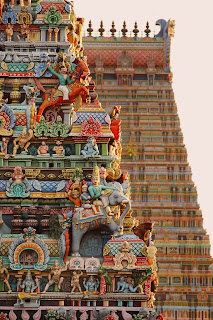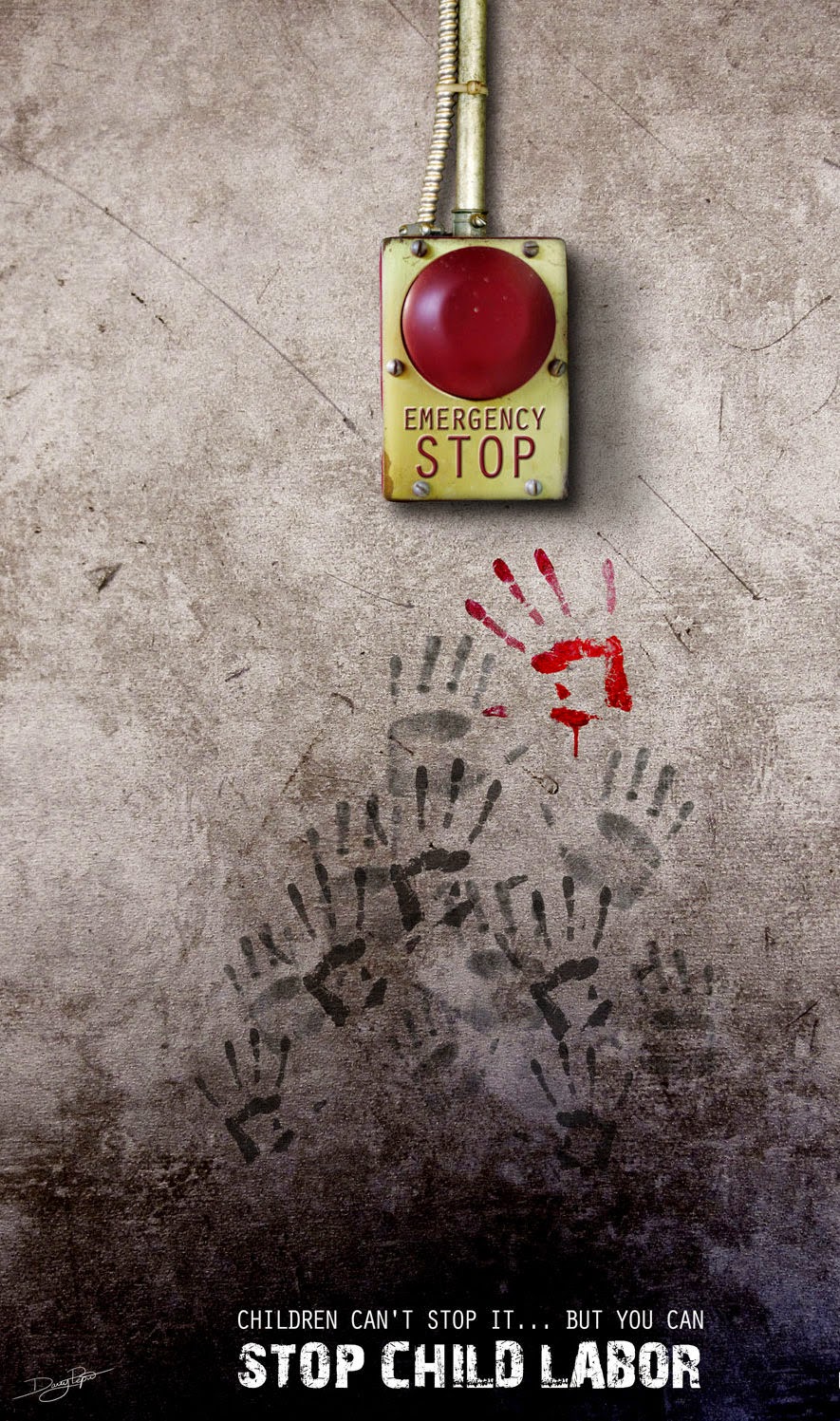In an iron boat
Loaded with stones,
A bundle of poison on his head,
He wants to cross over.
- Kabir
 |
| Pic: Random |
We are losing time.
Not the usual, in the Sense of growth and development. But our own racial sense
of time in which few weeks from now, no new millennium commences nor the 21st
century begins. The West has succeeded in making an entirely Gregorian
calendar-event the 20th century, a global century. This has happened for the first time in human
history. We still celebrate our religious ceremonies, social events such as
marriages etc. according to our own calendars; but in our public life, we have
adopted the western time, its calendar and the other accompanying notion. The
19th century was not globally acknowledged as the 19th century of mankind but
the 20th century, in spite of the fact that new man who was expected to emerge
out of the revolution failed to and also of the fact that the Western
colonialism disappeared in this century itself. But the Western time, its
ideological hold on us has taken over. We are about to lose our time.
 |
| Personal Archives |
The popular notion (in fact a purely orientalist construct)
that the Golden Age of India, when it contributed to the world, ideas and
knowledge, technologies and wisdom, insights and visions, ended by about
10th century. We are, since then, living
in the dark medieval ages, a kind of posthumous existence, as it were. This,
although all the modern Indian Languages except the classical Sanskrit and
Tamil emerged and grew in this millennium; great and masterly literature was
produced in most of them; Indian classical music and dances as we know them
today emerged and grew during this period; interaction with Islam and its
culture brought about among other things a new language, new architecture and
new schools of painting; hundreds of styles, forms and streams of popular
craft, theatre, poetry etc. flourished and new concepts and practice of
statehood, kinship, warfare etc. came about Also, during this period Shastras
continued to be created in Sanskrit relating to poetics, medicine, sexology,
architecture, music etc. In the 19th century India had more books written and
translated into Persian than in Persia itself. The current cultural and intellectual
amnesia prevents us from realizing that the intellectual traditions as well as
the creative and innovative spirit remained alive and vibrant throughout the
millennium. It can be, and ought to be, seen as a new flowering of the Sanskrit civilization. Sanskrit itself,
as it were, flowed into many streams Hindi, Kanada, Assamese, Punjabi,
Malayalam etc.; Sanskrit no longer as a classical purity, but as so many
‘bhashas’.
 |
| Personal Archives |
In the West-observed amnesia we have missed to register and
appreciate the true importance of four great modern in the last millennium i.e.
Amir Khusro, Kavir, Tulsidas and Galib, Amir Khusro, was a warrior, poet,
musician, innovator who brought to bear upon the literary sensibility a new
sense of humour, a sense of the surreal, an outsider reaching into the inside
combining Persian with Khari Boli. Kabir, rooted as he was firmly in his faith,
questioned the current religions, practices and rituals of both Hindus and
Muslims; family ties; affiliations etc.; problematized the access to God and
asserted that the whole world was ablaze “each in his own fire”. Tulsidas, a
scholar-poet, created a new epic in a dialect reinventing the Ram legend and
radicalizing the Bhakti cult by envisaging an almost counter-state, the
Ram-Rajya. Galib brought a most questioning spirit to the Indian poetic
tradition, looking askance at being and putting the modern individual, lonesome
and demythologized, without certainties of faith, religion and history at the
centre-stage. It is true we became modern largely due to our encounter with the
West. But it was not inevitable. The foursome, mentioned above, had already
radicalized our situation in the world and brought us to confront ourselves
boldly and created entirely new forms to contain our anguish, predicament and
anxieties. The coded, ‘upside down’ ulatbansis of Kabir (translated in his
century alone by three very different masters namely Rabindra Nath Tagore, Ezra
Pound and Robert Bly); the epical mode of “Ramcharitmanas’ of Tulsidas
domesticating in a popular dialect the great Sanskrit legend and investing it
with new meanings in the bargain and the interrogative strain of the ghazal of
Ghalib are all path-breaking departures not merely in the Indian literary
history but in all history. If the
modern could be defined as a moment precariously poised between eternity and
history, here in India it was history intervening in terms of eternity rather
than history superceding the eternal as seems to have happened in the West and
the modernist movements it has influenced the world over.
India is a civilization. There are hundreds of culture in
the world but very few civilizations and India is one of them. It has survived
as a continuum whereas the Greek, the Roman, the Mayan, the Egyptian have all
but disappeared. It has survived largely
through its plurality. We are one
because we are so many. So, many of the
age-old traditions of India have survived because they have been internalizing
changes all the time. They change and
through change remain the same. Here, in
India the dichotomy of tradition and change, tradition and modern ’in practice
hardly obtains. Tradition is essentially a tradition of change. Indian classical music and dance are
interesting examples of this. Over the 3-4 hundred years they have undergone
many crucial changes and yet have remained true to their origins and
spirit. The classical in India is by the
same token contemporary.
In the millennium gone by many forms of orality moved over
to written forms. Form Vedic chants to
the ‘banis’ of the numerous Saint-poets. This transfer has deeply influenced
the participative nature of many of these forms. Poetry, for inc, having moved
to the written and later the printed page seems to have receded from, that
other indestructible page of human mind, memory, It ceased to be utterance; of
late, sadly in many ways, it has become almost a noise. On the one hand, the social accessibility of
literature has increased but, on the other, its social place has receded.
 |
| Pic: Random |
Shrikant Verma in a memorable distinction between liberation
and freedom had proposed that liberation was an individual goal to be attained
and was accorded a central place in the scheme of thing in India. The west
brought us the more social concept of freedom to be achieved through social
action and effort. Like between eternity and history, we seen to be caught
between liberation and freedom. It would
appear that towards the end of this century, liberation both as a concept and
practice is receding and freedom is taking over. The much-talked human rights
refer not to liberation but to freedom.
This shift is deeply influencing our beliefs and value-perceptions.
During the past Indians excelled in what they did to voice,
stone and mind. The great temples surviving for centuries in timeless splendour;
the utter abstraction attained in classical music and the metaphysical
complexities, the linguistics and the grammar are all mind-boggling
achievements for those times. It would appear that, engaged as it is in the
modernist project, India seems to be losing its hold on voice, on complexities,
indeed on languages. Din and noise, coarseness, giant simplifications,
impatience for subtleties of living and expression, distrust in mother tongues
are all writ large on the face of contemporary India.
 |
| Personal Archives |
But fortunately, the visible India is not all India. There is a creatively vibrant India, and
intellectually alive India, a metaphysically anxious India, and an India
continuing to be a civilizational enterprise. The traditional resources of
creativity and imagination, of reflection and articulation have not completely
dried up and are appearing in new transmutations. In fact, there are so many India’s –often in
conflict and sometimes in dialogue with each other. The eternal India at war with the historical
India; the political India struggling to overcome the cultural India; the
intellectual India uprooted from the popular India; the secular India trying to
come to terms with the spiritual India. In short, many ideas of India grasping
and coping with many realities of India. It is not possible to talk of India in
singular; it is plural even as an entity.
It is not coincidental that besides being the largest democracy of the
world, it is the most multi-religious and multi-lingual country of the world.
We are like the whole of Europe but all within the borders of a single country.
We are neither at the end nor at any brink. We are a tale
not yet fully told. We are a human saga still incomplete. We are a caravan forever on the move. We have partly moved into the post-modern and
partly continue to inhabit the classical. We have taken a new face. We are
launched upon a new journey. And yet our own wisdom tells us at any time that
it is more important to keep on moving them reaching the goal. We are, no
doubt, on the move. We exist in the dimension of eternity and yet we operate in
history. We have so far negotiated this rather well.
It is ‘Yogvashishtha’ which centuries ago said: “The world
is like the impression left by telling of a story”, India is a story not yet
fully told. We are all minor story-tellers, dressed in our unearned immodesty,
picking up fragments of an epic story, which goes not and shall never finish.
Not is the next millennium either.
 And then it was to happen.
Divinity into action. This time of the celesta, the darkest clouds, thick with
hues of gravity, each shade conveying its own virtue. The smoked browns talked
of the experiences carried along while floating till this patch of Land, blues
talking of the depth the cloud had, the intensity it had, the rains it can
cast. Grays telling the stories of the unexpected , the Blacks talking aloud of
the ability to engulf, some White here and there telling of the silence that
wisdom attains and that glistening violet, the unending enigma! This was it.
The rains were to come... it had to pour. The bosom of the Earth had to be
damp. It had to be damp to be off the enrapture of being barren . Be off the
mirage of clouds. For this time it was real. It was to stay. Forever.
And then it was to happen.
Divinity into action. This time of the celesta, the darkest clouds, thick with
hues of gravity, each shade conveying its own virtue. The smoked browns talked
of the experiences carried along while floating till this patch of Land, blues
talking of the depth the cloud had, the intensity it had, the rains it can
cast. Grays telling the stories of the unexpected , the Blacks talking aloud of
the ability to engulf, some White here and there telling of the silence that
wisdom attains and that glistening violet, the unending enigma! This was it.
The rains were to come... it had to pour. The bosom of the Earth had to be
damp. It had to be damp to be off the enrapture of being barren . Be off the
mirage of clouds. For this time it was real. It was to stay. Forever. 






















